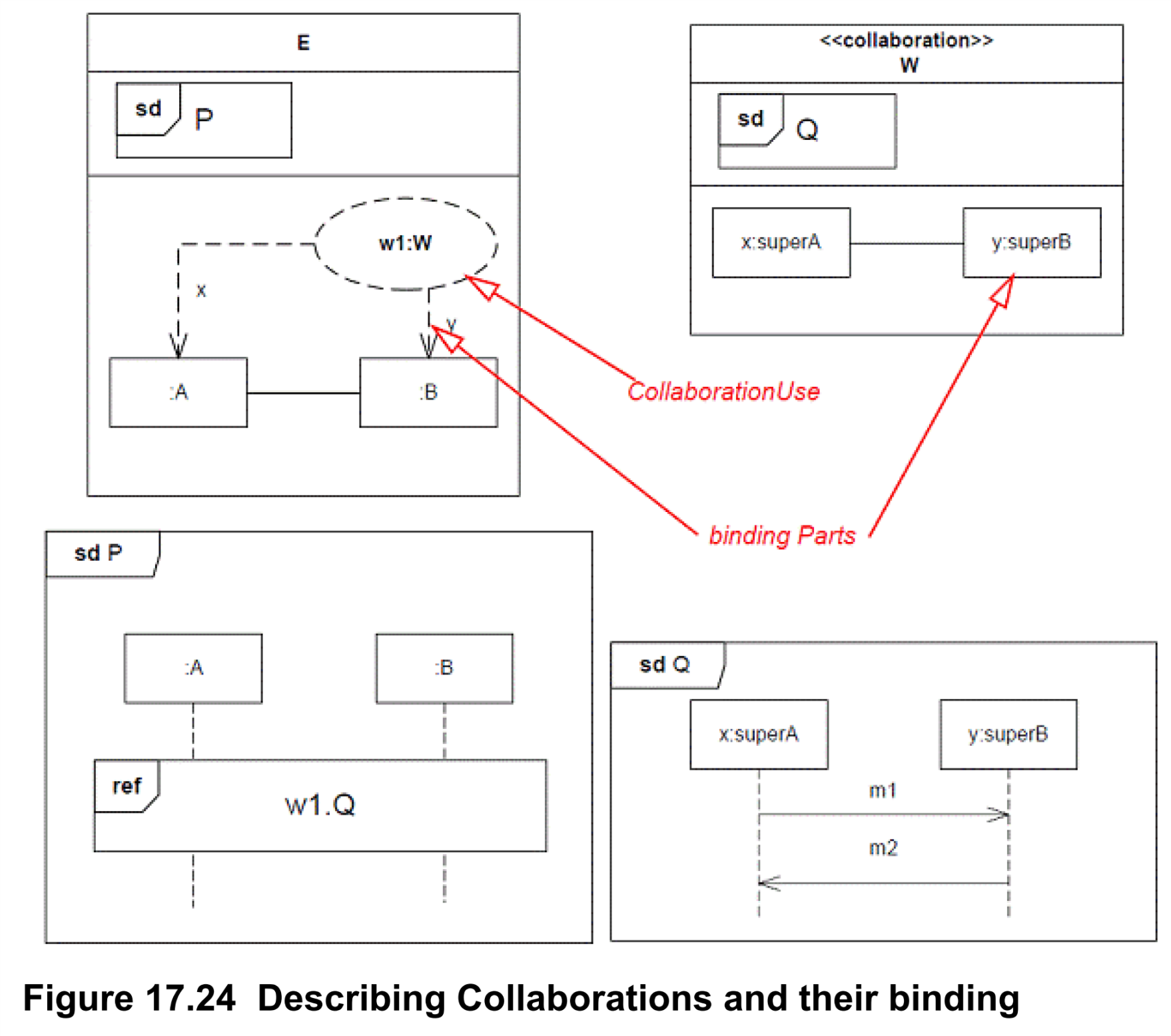So one issue I have noticed with UML over the last few years is the lack of a few types that have become much more prevalent.
Specifically I'm thinking about Lambda's and Traits.
I think Lambda, or anonymous functions, and method references can be represented with a class, anonymous or otherwise, using a generic of type <<lambda>>. But I feel as though that doesn't really call it out in the way I would generally like. I'm wondering if they should treated with a different shape when they're used. In some languages that are not java, these are not classes in any way shape or form (that I'm aware). Heh, maybe an arrow box with a name.
Traits, or flat composition instead of multiple inheritance, similar to java's interfaces with default methods (though traits can have state). I suspect it'd be fine to represent these with the "class" using the generic <<trait>> but I don't know that using the -|> operator to show inheritance is actually appropriate, or even the -<> composition operator, since that seems like it's representing a different object of the same "aggregate root" (using the meaning of the term from domain driven design).
Generics, UML doesn't really support this at all, By that I mean List<Bar>, I suppose you can but it in the text, but when you have an interface that takes a parameter, or a method, or whatever, it's kind of hard to represent in my opinion that the type is parameterized with other types. If I have a method that returns List<Bar>, there's no class of type List<Bar> that tooling would generally find. Of course you can simply use a one to many relationship, but if you're generating code in either direction, or using this for a more strictly guiding document, E.g. it's a List, not a Set, it's problematic.
By the way, I don't know what version this happened in, but thanks for clarifying composition vs aggregation. though I think they're backwards from other industry language about aggregates and composition, at least composition seems to match the definition of an aggregate in DDD.
